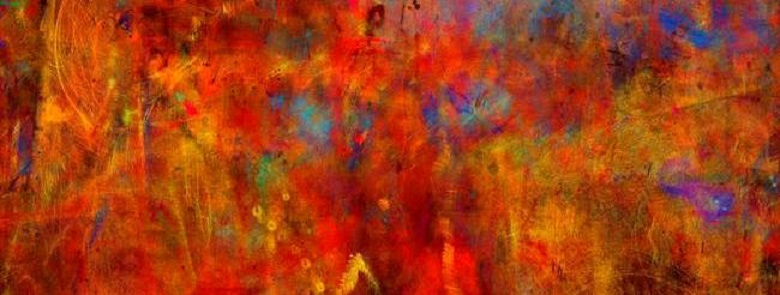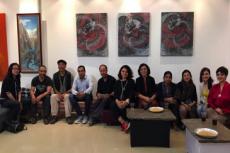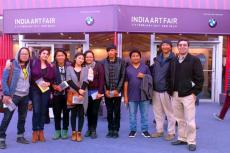INDIA-BHUTAN CULTURAL EXCHANGE AND ART CAMP
The India-Bhutan Cultural Exchange and Art Camp is a unique platform for artists of India and Bhutan to learn about each other’s culture through interaction and artistic collaboration over the span of ten days in each other’s country; first five days in Bhutan and the other five in India.
During the Art Camp, Indian and Bhutanese artists -- five from each country -- engages, interacts, and takes inspiration from their discussions and environment to produce artwork resulting from the experience. The artwork thus produced is exhibited and promoted as a joint effort between the two countries in the field of arts.
The programme aims to build cultural awareness and positive cultural relations between the two countries by providing a common platform for artists to come together, interact, get inspired and thus expand the scope of their own art form. The exchange of ideas during artistic collaboration will not only stimulate the creative environment but will also help in maintain a continuous and harmonious interaction required between countries, thus strengthening the existing, uniquely close and mutually beneficial relationship between the two countries.
India and Bhutan share cultural lineage and hence this programme is also a wonderful opportunity for the artists to rediscover a shared history and a chance to work upon a shared vision for the future. The artwork they produce could further be used as inspiration for aspiring artists and also serve as an example for bilateral efforts in the field of arts.



